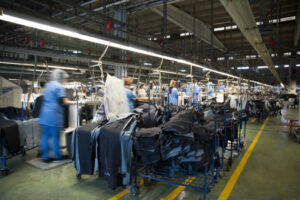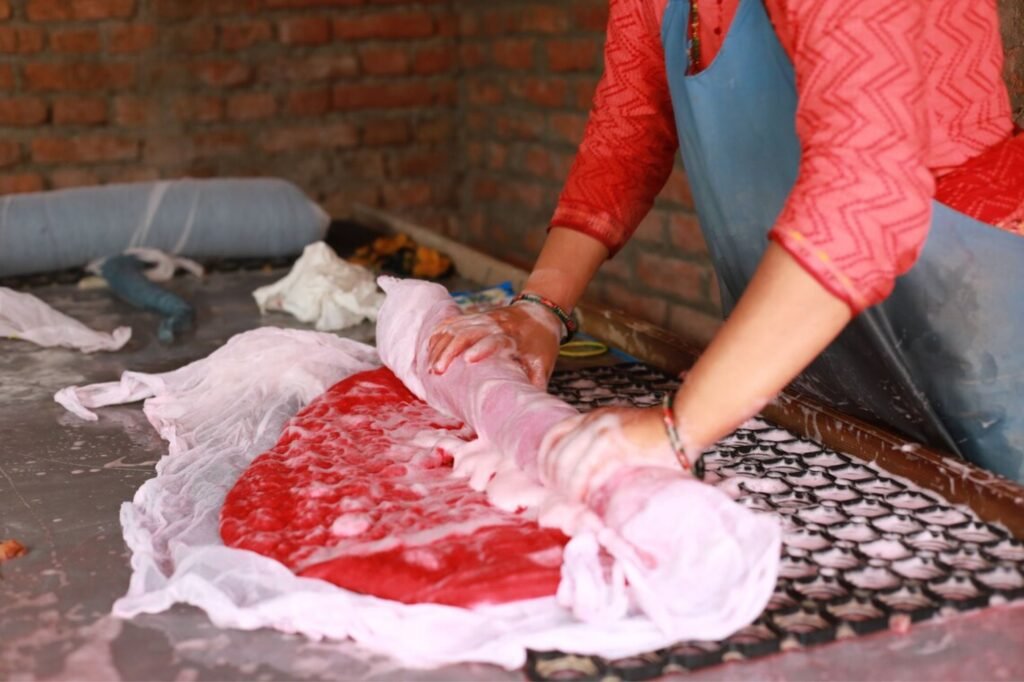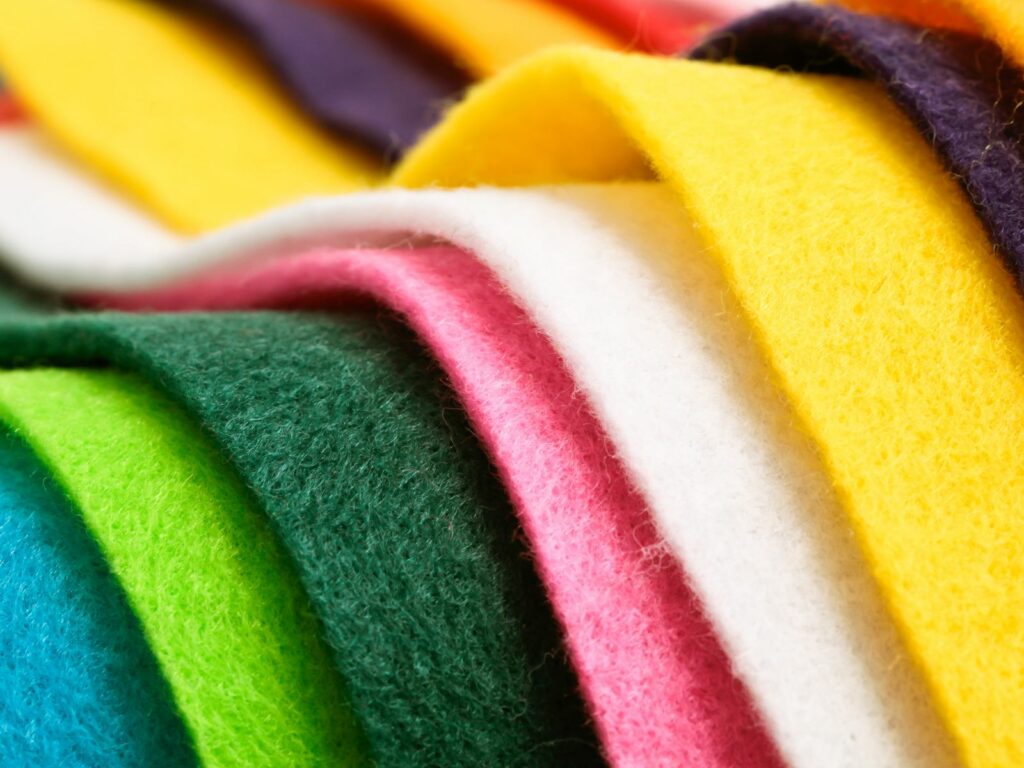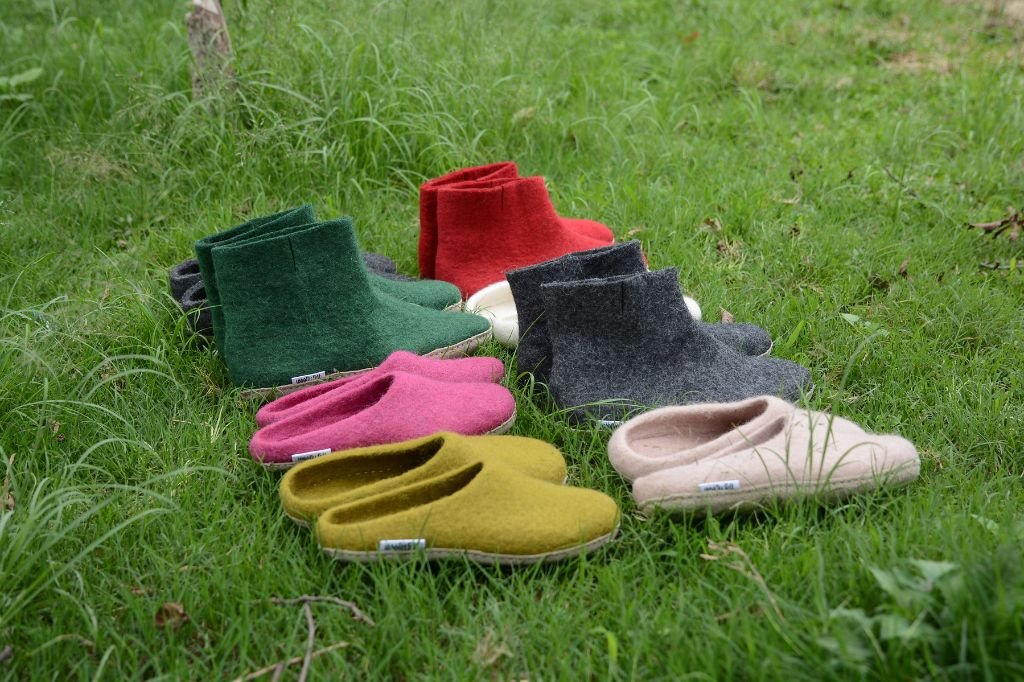Day by day the condition of the earth is degrading. There have been many factors reinforcing the degradation of the environment. One of them is different materials that are going to waste. The production process also results in excessive pollution. The use of different chemicals and harmful dyes has degraded the water resources, the health of the animals, and the environment.
This is an alarm to all of us regarding the condition of the environment. If the environment keeps on degrading then it also hampers us as well. Now it is time to focus on products, services, events, and many more things that are eco-friendly, sustainable, and do not cost us our home Earth.
One of the steps you can take toward sustainability and an eco-friendly approach is choosing the products that your wear that is safe for the environment.
Effects of Clothes on the Environment
The production of clothes to meet fashion needs makes up to 10% of humanity’s carbon emissions. The production process has polluted the water resources like streams, and rivers and some have even dried up.

The sad thing is that 85% of the manufactured clothes end up in the dumpsite each year. The clothes are not recycled properly and just get collected increasing the wastage. Some clothing also produces microplastics when washing which results in polluting the water bodies like the sea.
The fashion industry is also generating a lot of harmful greenhouse gasses through production, transportation, and transportation. It causes irregular climate change by trapping heat. This result in extreme weather, wildfires, and food supply disturbance.
Choosing the Safest Option
So, protecting the environment is the responsibility of every human being. We don’t have to make a big change to protect the environment and it is quite unrealistic to do so. Start small and consistent. One thing you do to counteract pollution is by choosing eco-friendly materials.
Unlike synthetic materials which are manmade like nylon and polyester, natural materials are the safest option. There are natural materials like cotton and wool. Today we are going to talk about wool and the wool felt. How is wool felt beneficial for planet earth?
What is Felt?
Felt is a fabric obtained by the felting process. Different fibers of the materials are matted together using heat, agitation, moisture, and pressure. Felt can be made from different natural and synthetic materials but it is usually made from wool.
Felt have been used for a long time. It is one of the oldest textile materials in the world. It is believed to be originated after the wool got matted when use as a soft sleeping area. Wool felts are religiously used in different things like clothes, home decor, toys, hats, shoes, and many more.
Benefits of Felt Products in the Environment
Felt products are a great alternative that can be used instead of different products. The versatility of the products allows wool felt products to replace your everyday products. Here are the benefits of felt products in the environment.
Also Read: Why Wear Wool? -Benefits of Wearing Wool
Reusable and Recyclable
Wool materials can be easily reused and recycled. The wool products bear high durability which allows the product to be used by different generations. You can donate them to the needy ones or gift them to your children or even your grandchildren.
You can also recycle the products to make something new like you can turn your old fancy sweater into your work clothes. You can also make yourself a bag of cleaning supplies from your old wool felt products as well.
Old felt products can be utilized in crafts and art projects with your children. Make new home decorations or toys for your children or pet. You can find the different tutorials on the internet about different projects to try.
This help minimizes the chances of felt products being ended up in a landfill. The fabric is so strong that you won’t be able to tear it easily.

Sustainable
The wool used in making most of the felt is obtained from sheep. A sheep is able to grow fur continuously, so no animal is harmed in obtaining the wool. Likewise, the processing of wool also has a low impact on the environment, unlike many synthetic materials. The durability also allows the
The wool does not need frequent washing like every other material. The wool felt preventer stains, build-up of bacteria, and bad odor. If it does need then the mild detergent is enough to clean the wool. This helps prevent water wastage and microplastic from being ended up in the water bodies.
Naturally Biodegradable
Wool is biodegradable naturally. Usually, the byproduct from the wool called pellets is used in plants as a mulch to reduce water usage by holding water and providing enough water to the roots of the plants. It also prevents weeds from being grown around the plants.
The biodegradable properties also make it easy to dispose of wool products. If the felt product is in the condition that it cannot be restored then you can utilize it as a compost for your plants. Since wool is part of animals it can decay easily and provide required nutrients for the plants.
This ensures that the felt products are not promoting pollution. This doesn’t mean you can throw them wherever you want. Keep a separate bin where you can create a favorable environment for the compost to be formed and then later spread it on the plant like how you place your normal compost.
Lastly, the felt product is one of the safest alternative options for the environment. It can contribute to minimizing the effects of the fashion industry and fabric industry. The versatility of the felt products allows us to find alternatives for many products.
With a wide range of options, it makes us easy to choose the preferred one. We don’t have to compromise our interests and feel guilty as well. Choose felt products and take a step towards taking care of your home, planet Earth.
Also Read: Wool Vs Cotton: Comparison and Differences Between Wool and Cotton


